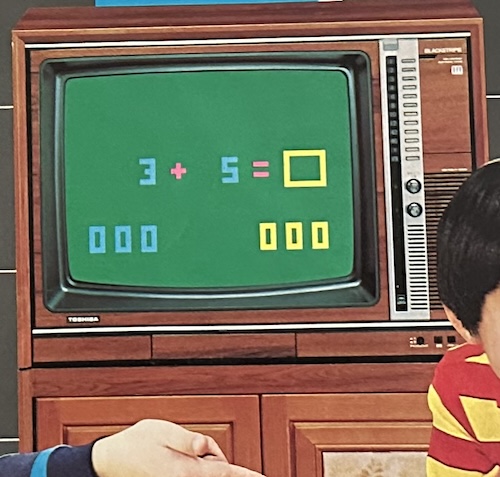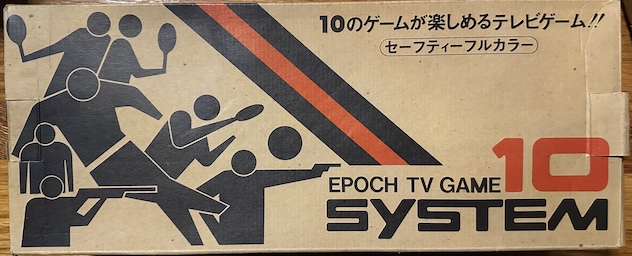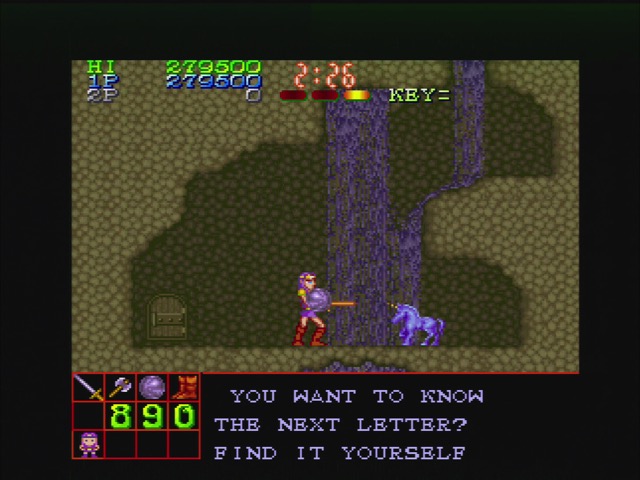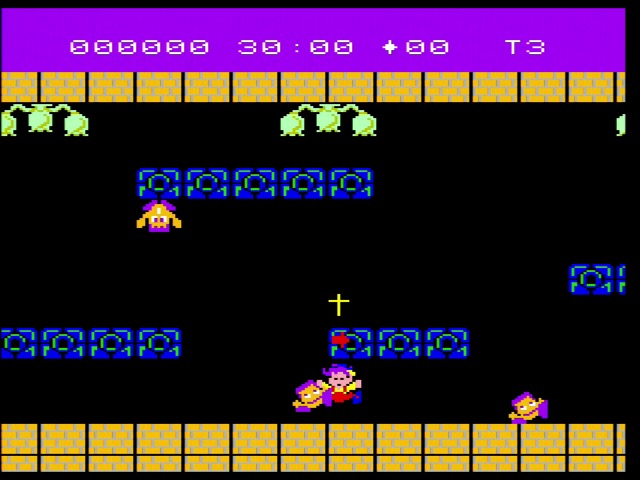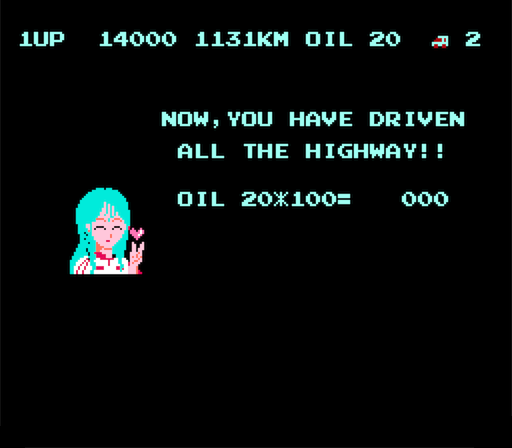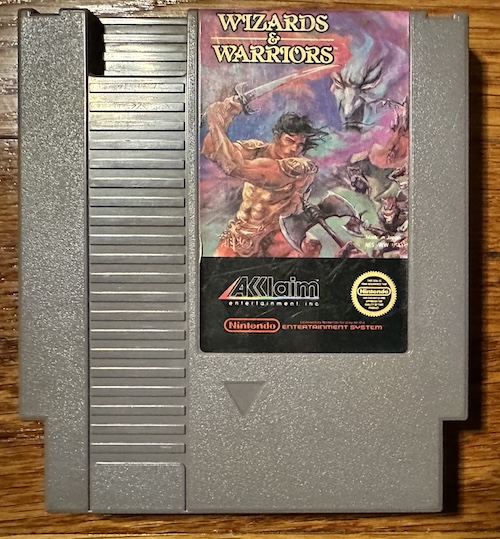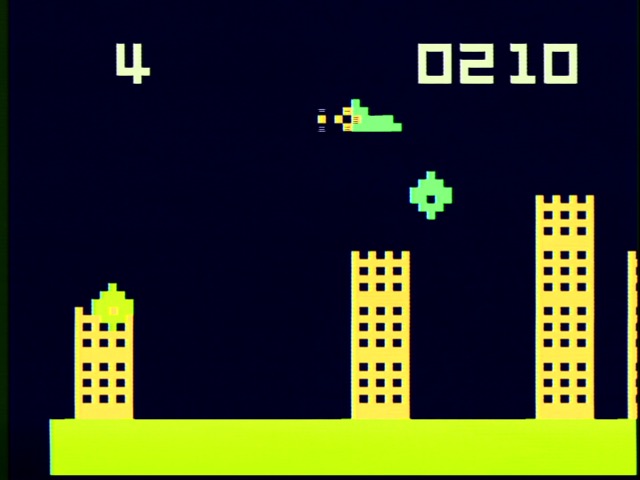-
A System For The Sixties-and-a-Half: The Toshiba Visicom COM-100
It’s 1977, and you’re in charge of the large Toshiba Corporation. Video games seem to be possibly a real market, and as an innovative electronics firm, you’ve got to get in on the ground floor. Sure, you’ve got Epoch to make you a copy of their System 10 as the TVG-610, but that’s so limited, you know pongs don’t have a future. But you don’t have a console architecture in-house either. So what do you do? Call up RCA, of course– they seem really eager to license out their Studio II technology. A little too eager. Maybe you’d better update that while you’re at it. And in 1978, you reveal to the world…
-
The Epoch System 10: The Pong to End All Pongs
I told you I was done with Pong consoles, but a spectre has continued to haunt Nicole Express in our Epoch series– the spectre of Pong. Specifically, the Epoch System 10. This 1977 color Pong powerhouse led directly to the µPD777, which led to the Cassette Vision, which in turn led to the Super Cassette Vision. And unlike Epoch’s first console, the Electrotennis (based off of Magnavox Odyssey), or their licensed Breakout game, Epoch did this one in house. How did their first grasp at unique TV game hardware go?
-
East Meets West: The Legend of Makai
People like to say that 1980’s games are highly regionalized. You could easily recognize a European-developed game like Rare’s Wizards and Warriors, and spot a Japanese-developed game like Bashi Bazook: Morphoid Masher from a mile away. Or, at least, maybe you could have if Jaleco had actually released Bio Senshi Dan outside of Japan. But that’s not particularly important. What is that because things were much more regionalized, it’s a little more interesting when games cross those influence barriers. Take, say, Legend of Makai.
-
It's a bird, it's a plane, it's Super Cassette Vision
The Epoch Cassette Vision was a moderate success. But in 1983, that all ended, when Nintendo and Sega released new consoles, which had more advanced hardware that allowed for better graphics and games stored on ROM. Epoch went from dominating the cartridge-based game market in Japan to a distant third practically overnight. But it’s not like they were unaware of the issue with the µPD777 they had tied themselves to. In 1984, Epoch launched their last, best hope at regaining their video game success. Imagine, if you will, a cassette vision: but super.
-
The First Mapper: Jaleco's City Connection
When I asked the question, “what made the NES so interesting”, my answer was to describe the memory mappers used by the console. But what’s interesting is that the very first cartridge to feature a memory mapper was not from Nintendo themselves; they were late to the game of expansion hardware on cartridges, since their plan to expand the console was the Famicom Disk System. So it fell to humble arcade developer Jaleco to introduce the concept.
-
Taking an AxROM to Wizards and Warriors
The internet NES fan scene has changed over time. The modern scene I think is a lot more open to Japan-exclusive titles, thanks to the wealth of fan translations, and has different preferences. One game that seems to have fallen through the cracks is Rare’s Wizards and Warriors. It was a hit in its day, but doesn’t seem to get the attention other platformers do. Let’s take a look, and by that I mean, spend most of the time talking about the hardware inside the cartridge. This is “Nicole Express”, after all.
-
The Epoch Cassette Vision: Has Games
Oops, that last Cassette Vision post was supposed to be a review of some games for it. This is a fairly historically important console, but not a huge seller; video games didn’t really boom in Japan until the Famicom. Not a flop by any means, but maybe keep that in mind. What’s the difference between the titles on the Famicom and the titles here? Not just the giant pixels. Enjoy a whirlwind tour of randomly selected games!

